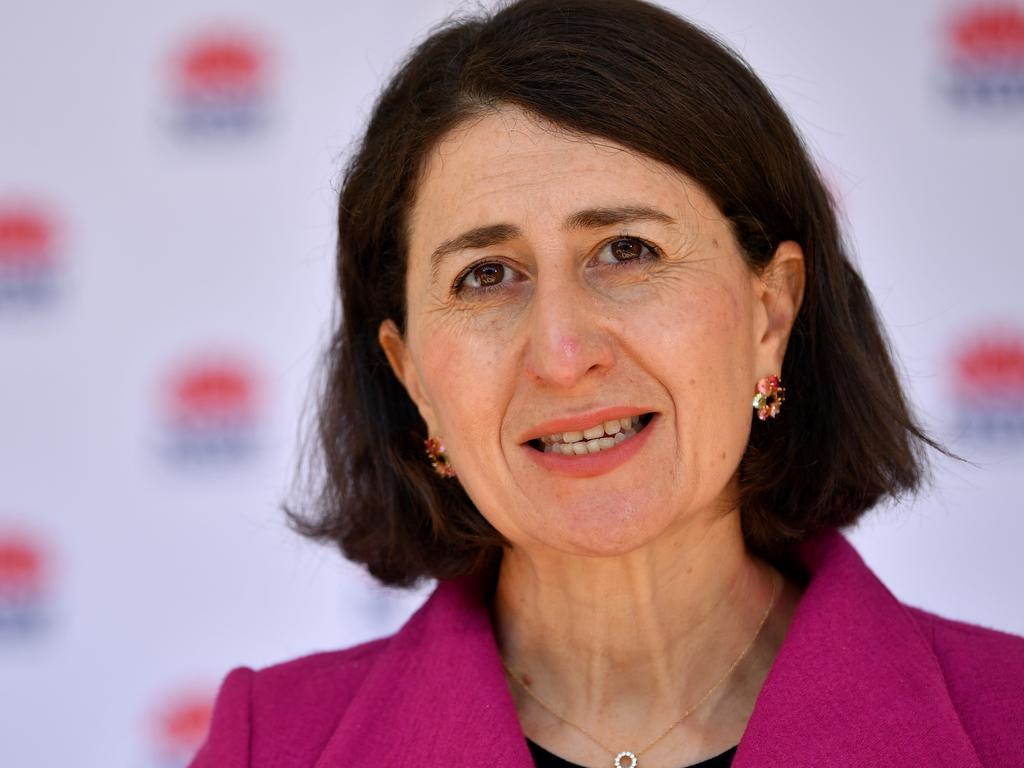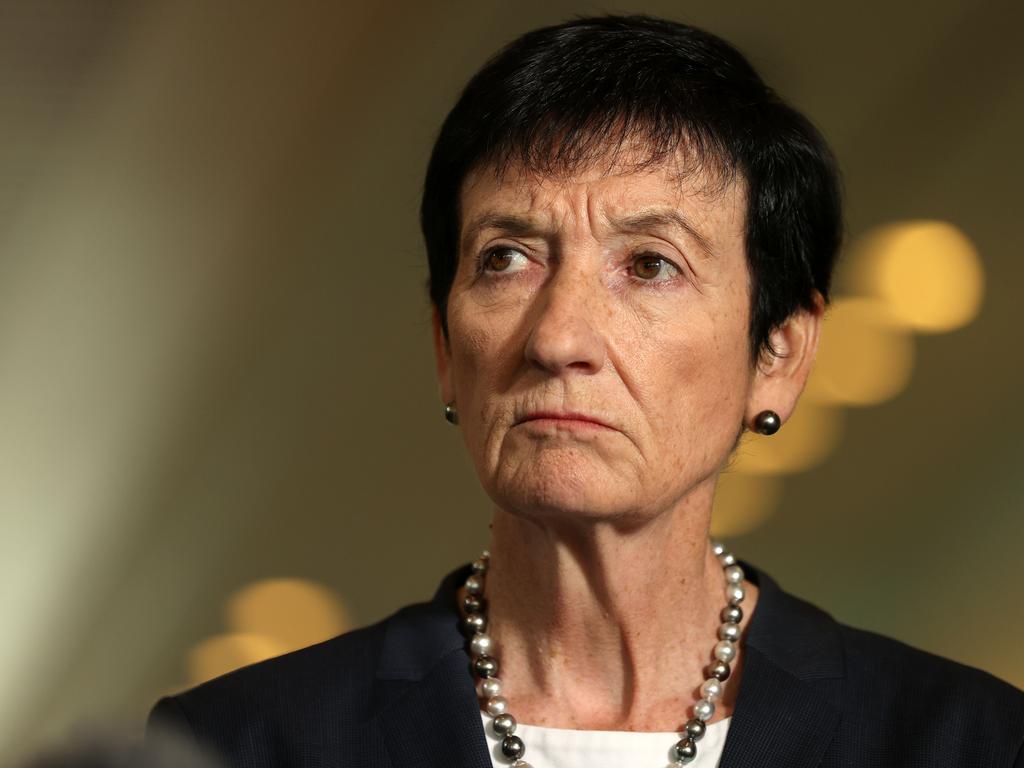Lockdowns ‘can stop in two months’ when Covid-19 vaccines hit 30pc
Epidemiologists believe there will be sufficient Australians fully vaccinated within the next two months to make lockdowns unnecessary in any state.

Epidemiologists believe there will be sufficient Australians fully vaccinated within the next two months to make lockdowns unnecessary in any state.
As the number of vaccinations hit a daily record of more than 163,000 on Friday, Deakin University’s chair in epidemiology Catherine Bennett said the proportion of people fully vaccinated to avoid the need for lockdowns would be in the order of 30 per cent – a prospect that was likely to be only a couple of months away.
“Thirty per cent is probably enough that it slows the spread of the virus and means contact tracers should be able to do their job,” she said. “It should mean that we’re less likely to need to go to these extreme measures.”
Once the vaccination rate reached between 50 and 65 per cent of a population, transmission of Covid-19 was significantly slowed, allowing the easing of restrictions and a gradual opening of international borders while keeping mitigation measures such as home quarantine in place.
More than 30 per cent of Australians now have received at least one vaccine dose, with 7,970,153 doses administered. The proportion of the population fully vaccinated is 8.37 per cent, and this will rise quickly within the coming weeks with millions of people scheduled to receive their second AstraZeneca shot.
Almost all residential aged-care facilities have been visited for first and second doses, with only three more facilities remaining for second-dose visits.
International modelling has indicated that vaccine coverage of about 80 per cent would be required to allow for fully open borders and the easing of all restrictions aimed at curbing Covid-19. Professor Bennett said Australia might never get to that level.
“Eighty per cent coverage is what people would like to see, but that’s completely opening up and removing your quarantine,” Professor Bennett said.
“So it’s about how you step your way up to that. But at the end of the day, I think if you say ‘actually, we’re opening up the borders regardless at the end of March’, because that’s when everyone can be vaccinated, then I think you can’t be saying ‘we haven’t quite met the 80 per cent, therefore we’re not going to do it’.”
The federal government has commissioned modelling to identify the threshold of vaccination required to begin to open up international borders and that work is not yet complete.
Burnet Institute director Brendan Crabb said announcing that the threshold level was yet to be determined was “honest” of the Prime Minister.
“The reason why being cautious is important is because you can start to open without relying on some force shield immunity,” Professor Crabb said. “Of course we want herd immunity, that’s the ultimate goal, but we could be waiting forever for that.”
He said a minimum threshold for beginning to open up borders in a managed way was 60 per cent of all people vaccinated, including children.
“If your only goal is preventing serious illness and death you’d need less vaccine coverage than if your goal was preventing all transmission,” he said. “But I think 60 per cent is the point at which you can start to think there is a chance that community-based immunity is going to stop transmission chains.
“What should be the aim is high enough vaccine coverage with non-vaccine mitigations including mask wearing, the judicious use of border protection and, most importantly, well-ventilated workplaces and recreational facilities of any sort.”
La Trobe University epidemiologist Hassan Vally agreed about 60 per cent vaccine coverage was likely to have a significant impact on disease transmission and would see minimal deaths and hospitalisations. But he was doubtful herd immunity could ever be achieved.







